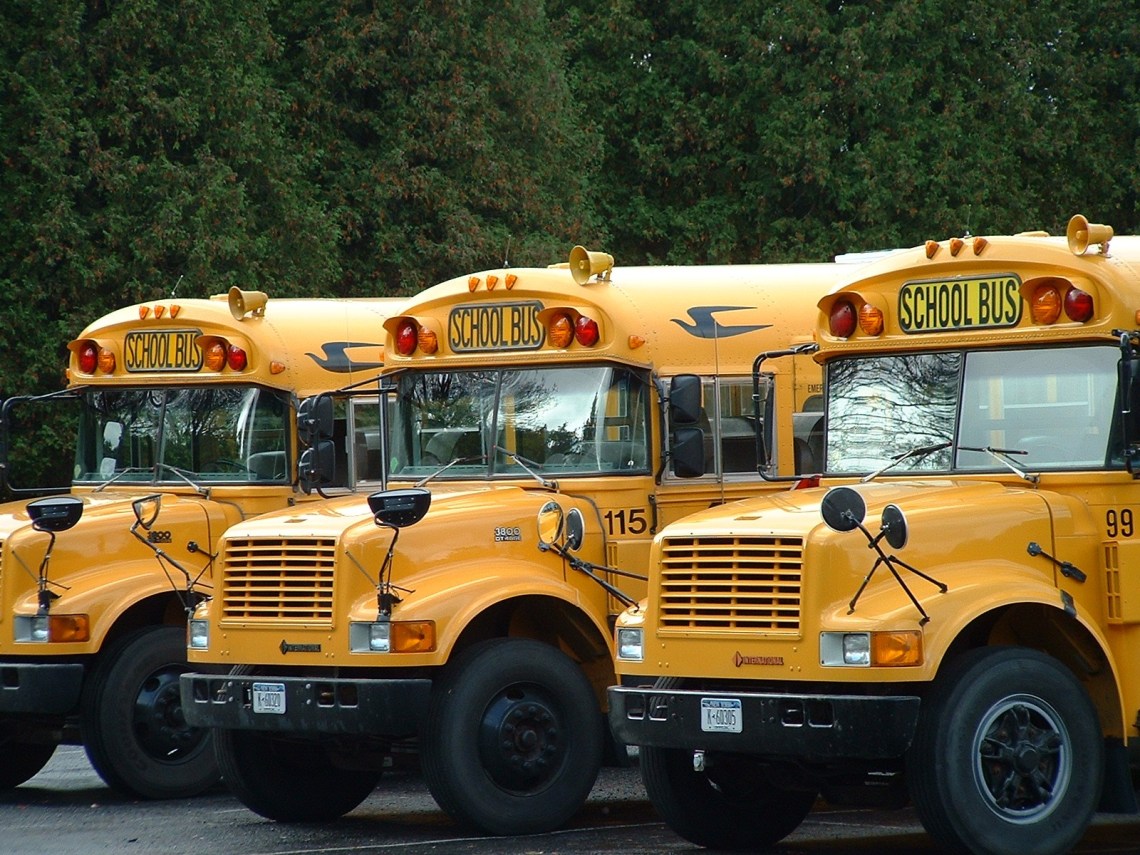Judicial Review of a Broken Funding Scheme
On September 28, 2017, in William Penn School District v. Pennsylvania, the Pennsylvania Supreme Court decided it had the authority and duty to decide whether Pennsylvania’s school funding scheme is so broken it violates the Pennsylvania constitution.
The case was first dismissed by the Commonwealth Court as posing a political question the courts should not decide without infringing upon the constitutional separation of powers. The dissent even cautioned that by agreeing to hear such cases, the judiciary could become entangled in decades of protracted litigation over legislative policy regarding the Commonwealth’s educational system.
However, in a 5-2 decision, the majority held that the plaintiffs should at least be allowed to present their case.

Justice Wecht authored a lengthy and scholarly opinion outlining the historical right under the Pennsylvania Constitution to an adequate public education. Against that historical backdrop, the court referenced statistics to show that the General Assembly was not properly funding school districts.
The court cited the wide disparity in the quality of an education entirely dependent on where a student lives. There is also a wide disparity in the tax burden on property owners across the state.
Why the system is broken
The court noted that:
- Massive funding cuts in 2011 hit low-wealth districts much harder than more prosperous districts;
- Disproportionate Tax Burdens: Lower-wealth districts that impose substantially higher tax rates on their property owners cannot generate as much money as districts with higher property values;
- Millage rates: In the Shenandoah School District a property tax rate of 26.8 mills generates $4,011.48 per student. In the Lower Merion School District, a tax rate of just 14.7 mills, generates over $23,000 per student.
- Inadequate funding has caused shortages of essential learning materials, out of date textbooks, teacher shortages, and buildings in the Philadelphia School District with mold and water damage in more than a third of rooms.
- Tech: Schools like Lower Merion pass out iPads to all kindergartners and first graders and laptops to all high school students.
- Collapsing infrastructure: Meanwhile, in Johnstown, the middle school’s auditorium is collapsing, walls and ceilings in classrooms are crumbling and some bathrooms are unusable.
- Staff Reductions: The William Penn School District even reduced its day from 7 periods to 6 periods due to severe staff reductions.
The decision was an implicit acknowledgment from the Court that because our state legislature has not been doing its job in funding Pennsylvania schools properly, the Court must step in and provide oversight.
What is in store for the future?
Will this issue devolve into the procedural morass the dissent warned could occur?
We don’t know, but the first line in the sand has been drawn by Pennsylvania’s highest court.


